Don't wanna be here? Send us removal request.
Photo
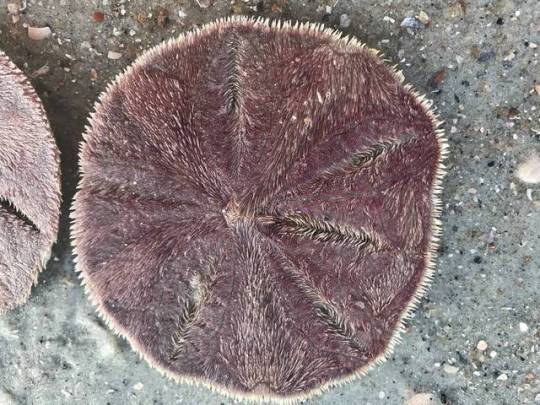
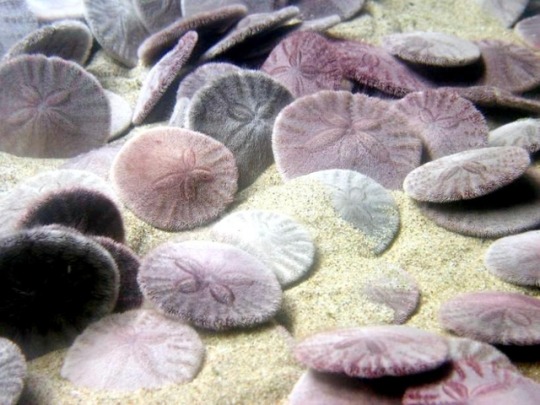
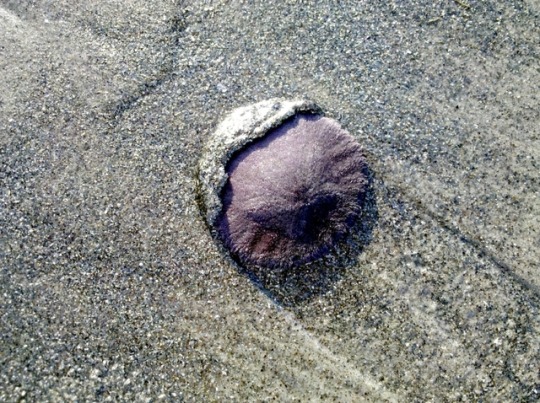
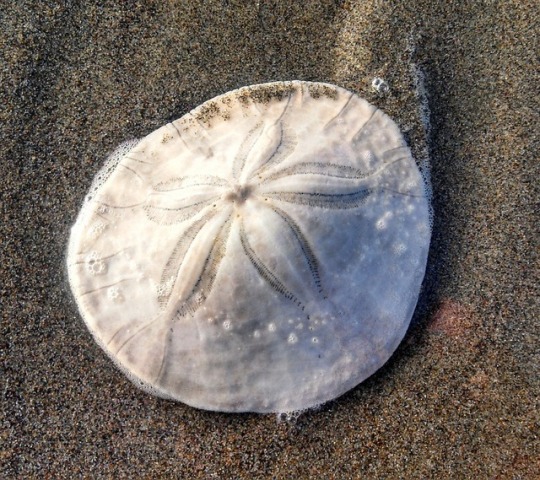
Sand dollars are extremely flattened species of burrowing sea urchins.
Sand dollars, like all members of the order Clypeasteroida, possess a rigid skeleton known as a test. In living individuals, the test is covered by a skin of velvet-textured spines which are covered with very small hairs (cilia). Coordinated movements of the spines enable sand dollars to move across the seabed.
Dead individuals are commonly found with their empty test devoid of all surface material and bleached white by sunlight. This calcium carbonate test is what beach-goers often pick up as a souvenir (seen in the last photo). (x x x x)
Below, see a live sand dollar’s cilia moving:
youtube
322 notes
·
View notes
Photo
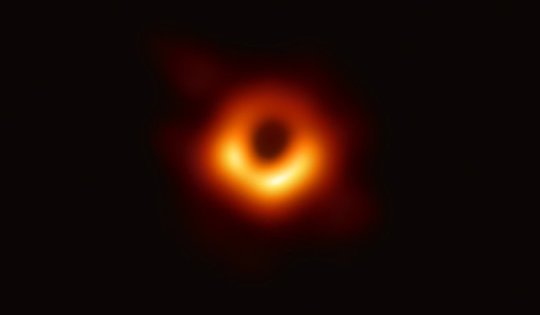
Astronomers Capture First Image of a Black Hole
The Event Horizon Telescope (EHT) — a planet-scale array of eight ground-based radio telescopes forged through international collaboration — was designed to capture images of a black hole. Today, in coordinated press conferences across the globe, EHT researchers revealed that they have succeeded, unveiling the first direct visual evidence of a supermassive black hole and its shadow. The image reveals the black hole at the centre of Messier 87, a massive galaxy in the nearby Virgo galaxy cluster. This black hole resides 55 million light-years from Earth and has a mass 6.5 billion times that of the Sun. Supermassive black holes are relatively tiny astronomical objects — which has made them impossible to directly observe until now. As the size of a black hole’s event horizon is proportional to its mass, the more massive a black hole, the larger the shadow. Thanks to its enormous mass and relative proximity, M87’s black hole was predicted to be one of the largest viewable from Earth — making it a perfect target for the EHT. The shadow of a black hole is the closest we can come to an image of the black hole itself, a completely dark object from which light cannot escape. The black hole’s boundary — the event horizon from which the EHT takes its name — is around 2.5 times smaller than the shadow it casts and measures just under 40 billion km across.
Credit: ESO
51K notes
·
View notes
Note
I always wondered about the houses of snails. Do they... create them? Why that shape? Will they essentially die if they were separated from their house or can they like... grow a new one or steal a discarded one like a hermit crab? In that vein: does the house grow with them or do they have to shed it if it gets too small...? 🧐🤔
Great Questions!
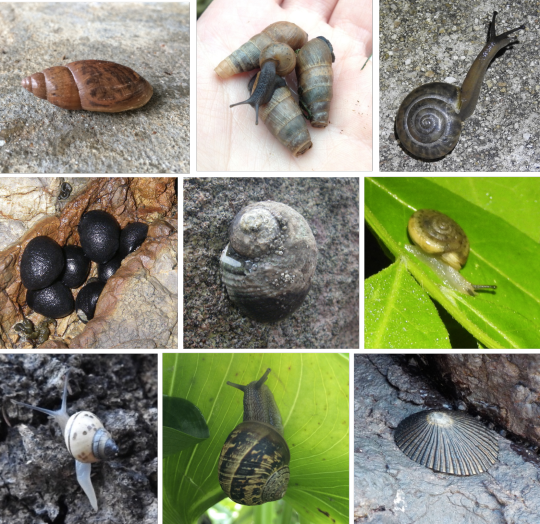
iNaturalist links to the above snails for IDs:Top: [1] [2] [3] Middle: [4] [5] [6] Bottom [7] [8] [9]
Snails are in the class Gastropoda with slugs, and the only difference between the two are that slugs don’t have a shell. But, it’s hard to tell what to to call some species.
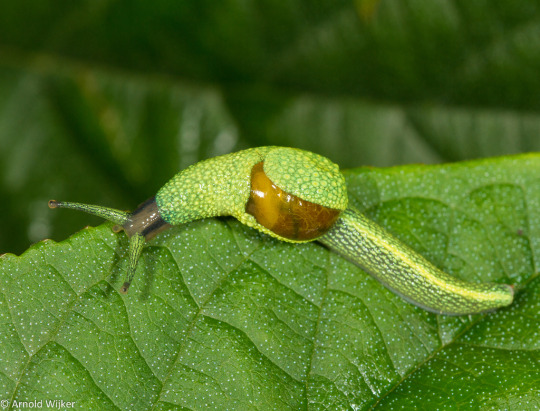
This is a Long-tailed Semi-slug from Malaysia (Copyright Arnold Wijker, photo from iNaturalist [link]). It has a shell, but it can’t fully retract into it, so it acts more like a slug. The shell is partially covered by flesh in this photo, but the semi-slug can completely cover the shell with its mantle.
If you go up one taxonomic level to phylum, slugs and snails are mollusks–same as clams (bivalves, two shells!) and cuttlefish (which is where cuttlebones come from, if you have pet birds, you are giving them cuttlefish bones chew up!). So you can trace the evolution of the shell in Mollusca from bivalves, to gastropods, to cephalopods (one internal shell, though the chambered nautilus still has an external shell!)
But back to your questions!
Do snails create their shells?
Yes, absolutely! Do you create your skeleton? Do you create your skin? It’s the same situation for them.
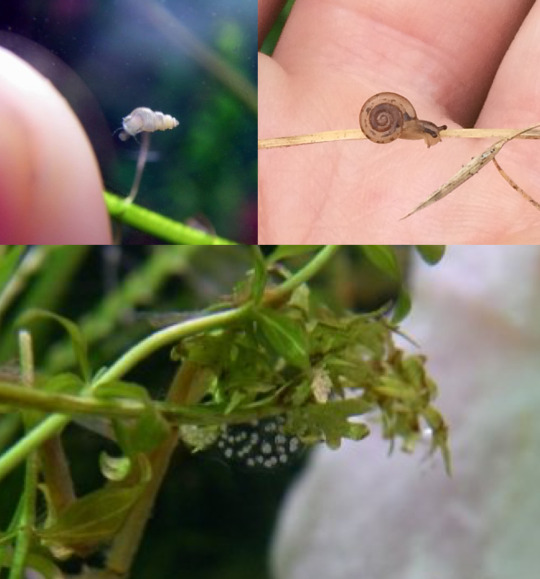
Snails are born with their shells! I used to keep a planted aquarium, which meant I often had snails GALORE (they would ride in on my new plants, and reproduce like crazy). Snails are hermaphrodites, so you don’t have to worry about if you have males and females, as long as you have two (or even one–some species can self-fertilize!), you will have a million in a week. The eggs of the snails I had in my aquarium were held together with a clear jelly, and the developing snails in the eggs were white. In the lower photo below, you can see the babies in the eggs. The white parts are their shells–their skin was still transparent.
A much larger baby snail I found in my tank is in the above left, with my index finger for scale (still a tiny baby!). In the top right, I have included a very tiny baby snail from my back yard in Texas. This baby was so small his shell was still transparent!
Another question you asked kinda answered another one:
Why that shape? Do the shells grow with them?
This one gets really interesting! So, snails are born with their shells. But unlike arthropods, they don’t molt. They keep the same shell their entire life, for the same reason turtles do:
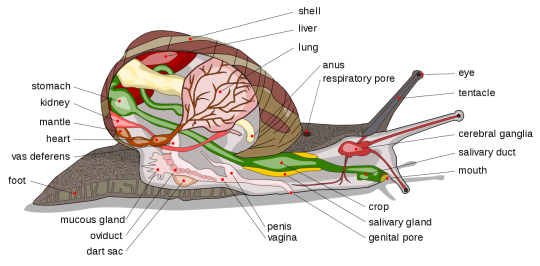
From Wikipedia [link]; Original by Al2, English captions and edits by Jeff Dahl
All their organs are in there! Some snails will even let you see inside, like with this glass snail from France!
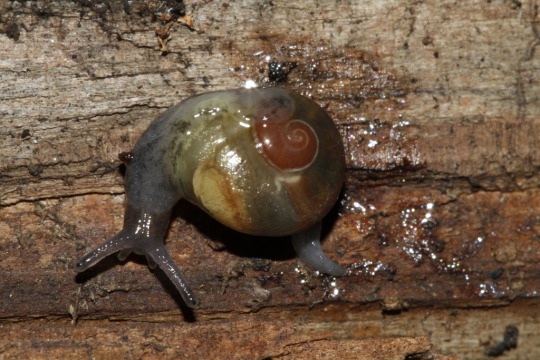
Photo by Julien Renoult, available on public domain via iNaturalist [link]
So what do they do when they need to grow? Let’s look a little closer.
Here is a common snail in Texas, called a Texas Liptooth Snail [iNat link]. This is a full-grown adult:
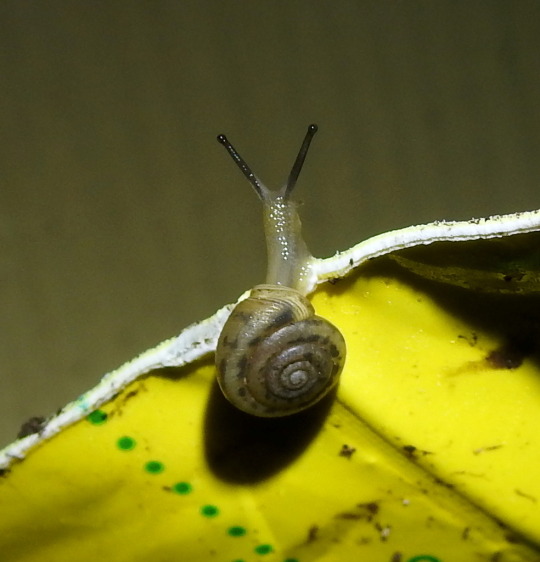
These are pretty small snails, so let’s look in the microscope:
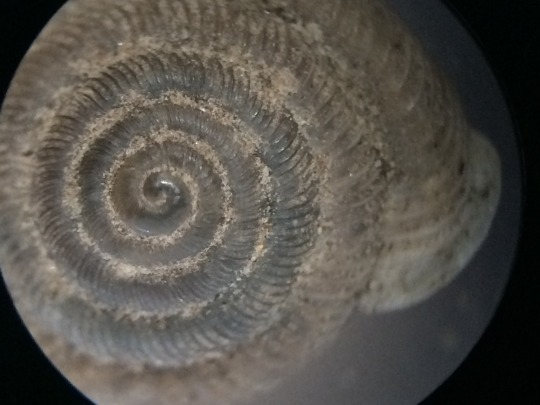
Check out those ridges! Maybe you have noticed these ridges on other snails before, or maybe you haven’t. The ridges are much more pronounced on this snail because the shell is so small, but those ridges function similarly to a ring on a tree–it represents a period of growth. The shell is made up almost entirely of Calcium Carbonate, the same mineral that composes limestone and eggshells (you know, like in bird eggs?). That tiny smooth area in the center of the shell is the portion that formed while the snail was inside the egg, then as the snail ate, the nutrients from its food were used to grow extra rings at the opening of the shell, which became steadily bigger, which allowed the snail’s body to grow! Then it could eat even more food, put down bigger rings, and on and on.
So now you may be wondering, I’m talking about snail shells which are usually spiral shaped, which can be long and narrow, wide and flat, or any variation of the two. But I’m not even talking about that weird… pointy cone thing I included in my opening collage?
You mean… the limpet?
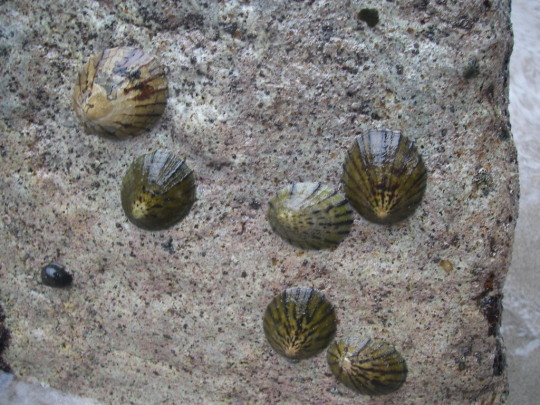
Oh yes, the limpets. These ones are Tortoiseshell Limpets from New Zealand [link] You may have noticed them on saltwater beaches, stuck to the rocks, and you may have confused them for strange looking barnacles, or maybe you had no idea what they were and you just ignored them or forgot about them. Or maybe you had a different name for them. But, yes, they are gastropods. And yes, that makes them snails.
These grow almost exactly like trees: much more simply put, they are little cones, and as they grow, they make a ring at their base, which makes them a little bit larger. For some species, the availability of nutrients will result in different colors in their rings, so you can see their age very clearly!
So what happens if they lose their shell?
I think by now, you can probably guess. They can’t really “lose” their shell, because it’s part of their body, which you can see if you take a really close look at snails (or you just, harass the heck out of them like I do).
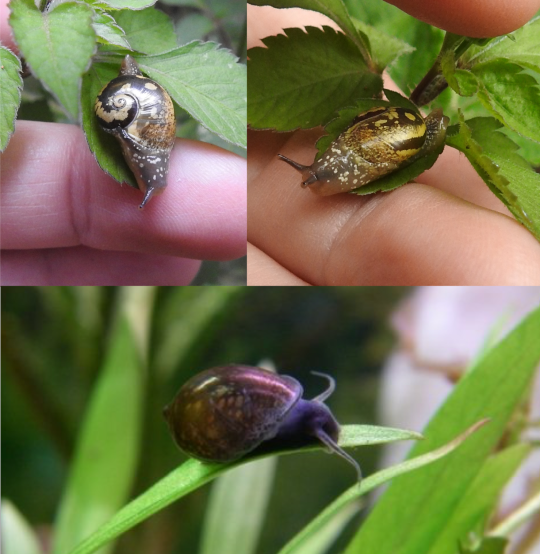
Snails that hold onto their shells with their mantles! TOP: A tailed snail I saw in Malawi (Africa [iNat Link]) BOTTOM: One of my aquarium snails
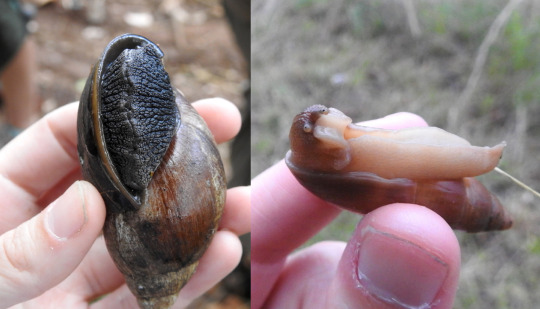
Shy snail friends attempt to retreat to safety but can’t because their organs are in the wayLEFT: A large friend from Malawi [iNat link] RIGHT: A Wolfsnail friend from Texas [iNat link]
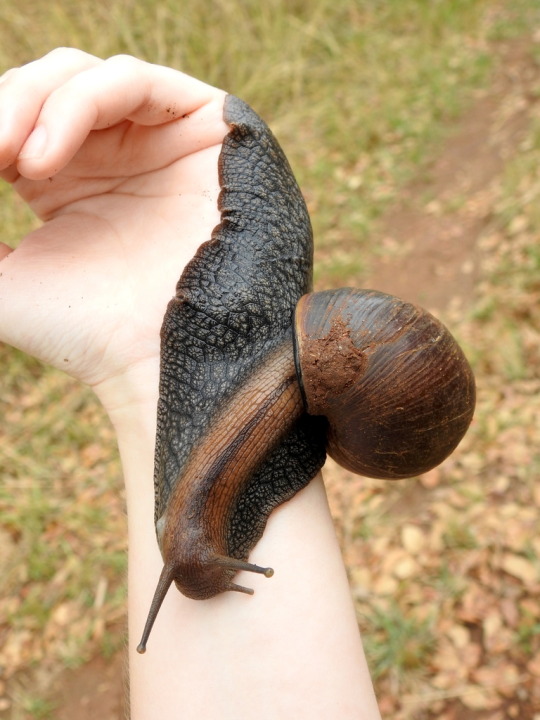
GRAVITY
If you can get a view of a snail from the right angle, you can see their body coming out of their shell.
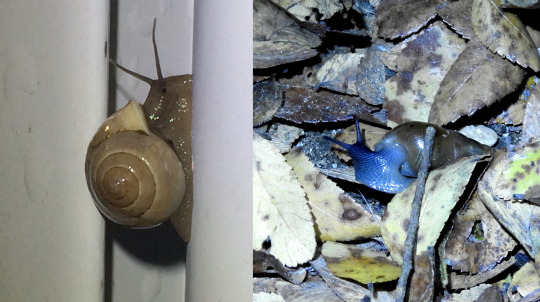
LEFT: Globular drop [iNat link] RIGHT: Decollate snail [iNat Link], both from TexasGIANT friend on my arm from Malawi [iNat link]
Thanks for asking, I hope I satisfied your curiosity!
March 16, 2019
1K notes
·
View notes
Photo
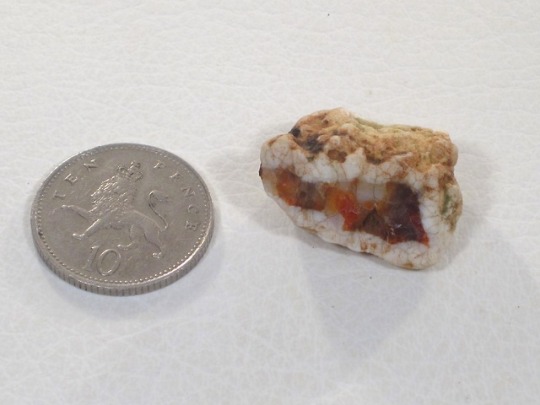
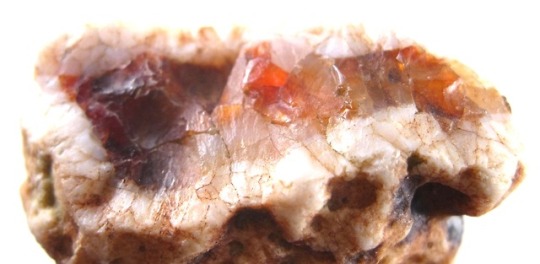
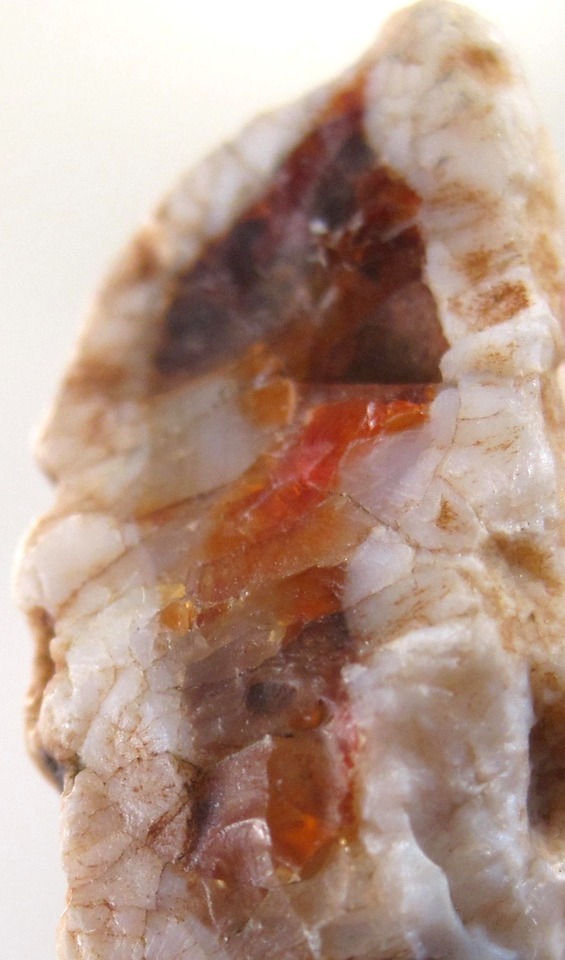
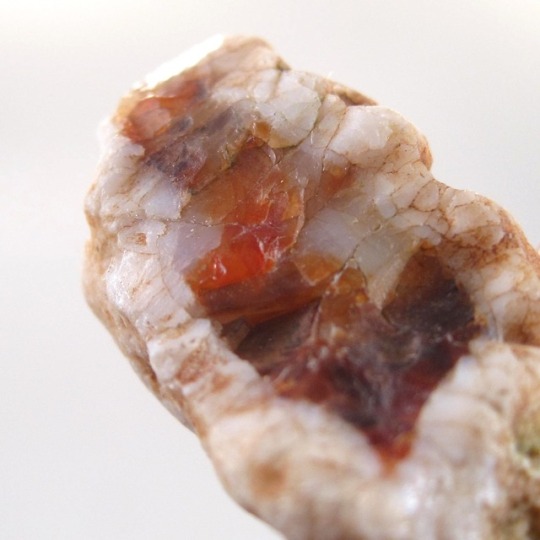
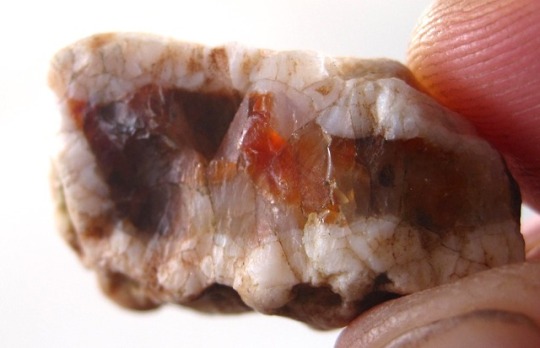
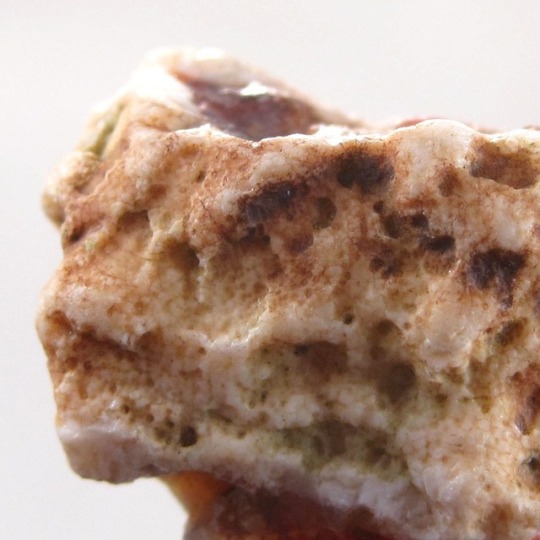
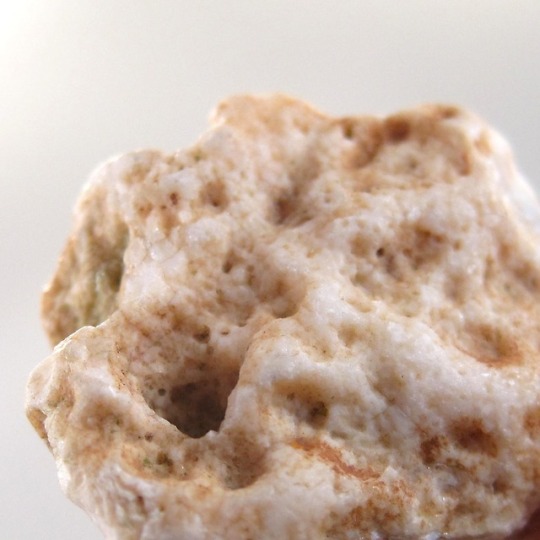
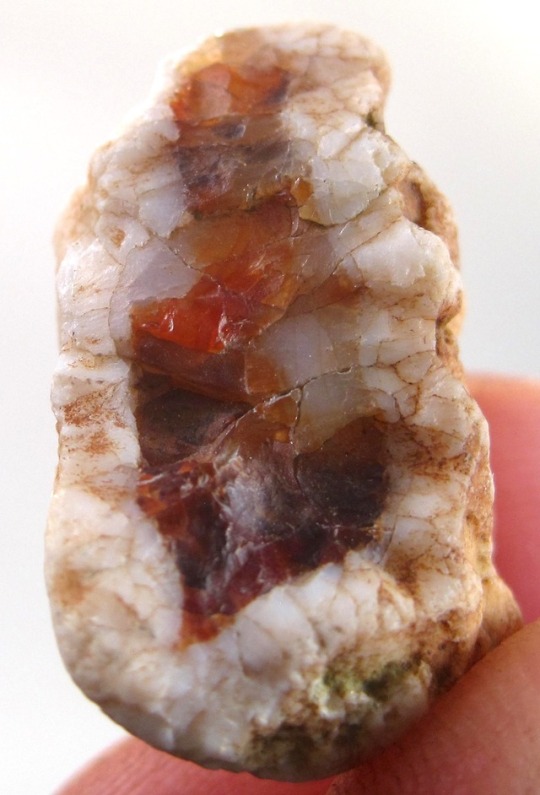
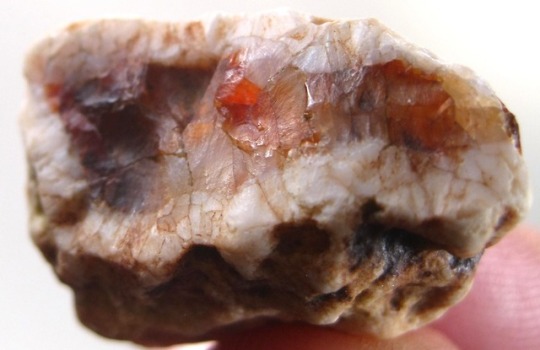
Another cute little fiery guy from the Calapooia River near Sweet Home, Oregon. Linn County, April 19th, 2017.
39 notes
·
View notes
Photo
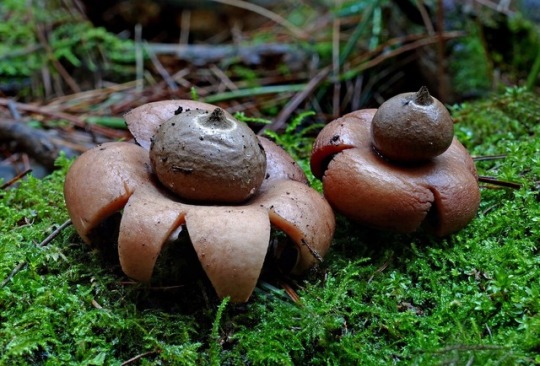
A pair of earth stars.(Geastrales)
815 notes
·
View notes
Photo
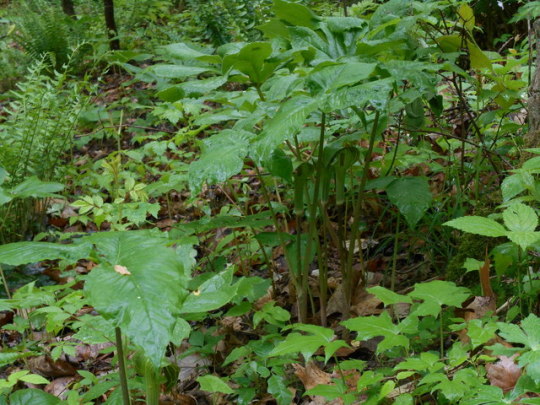
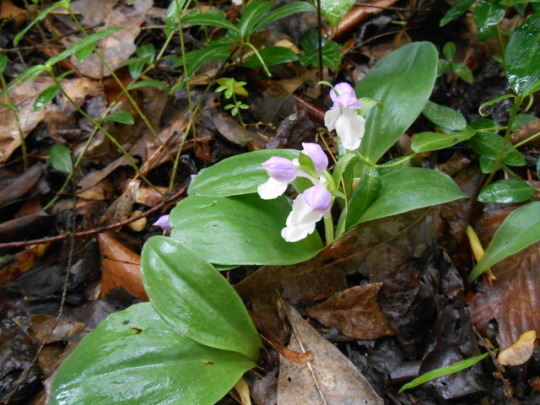
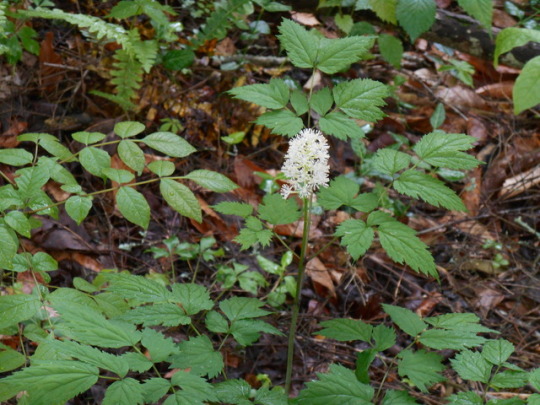
Jack in the pulpit, showy orchis, white baneberry at Wahkeena
16 notes
·
View notes
Link
While the images themselves look like colorful pieces of abstract ocean art, these samples reveal an insidious and growing ocean threat.
59 notes
·
View notes
Photo
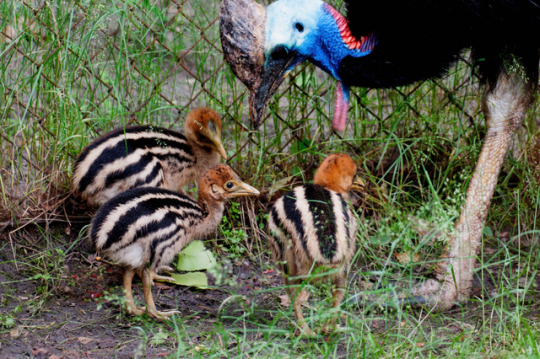
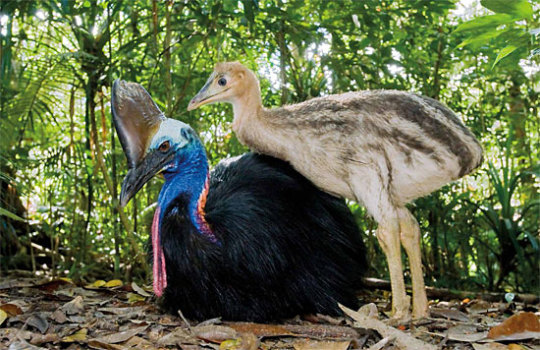
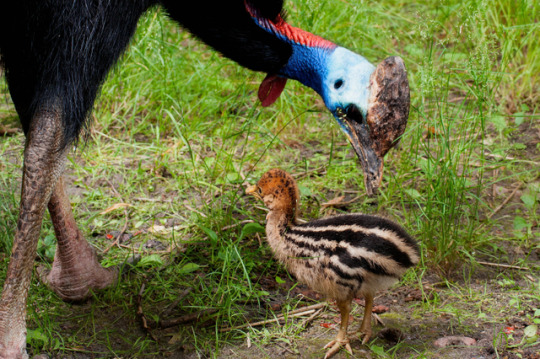
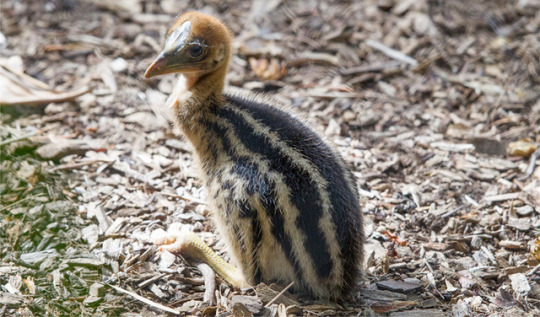
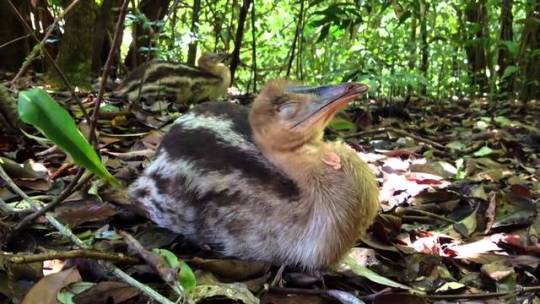
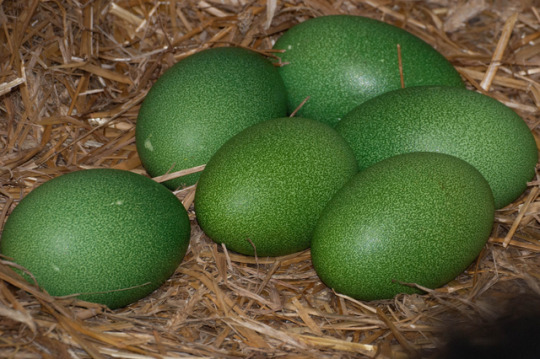
Female cassowaries lay three to eight large, bright green or pale green-blue eggs in each clutch into a prepared heap of leaf litter. The male incubates the eggs for 50–52 days, removing or adding litter to regulate the temperature, then protects the chicks, who stay in the nest for about nine months, defending them fiercely against all potential predators, including humans. The female does not care for the eggs or the chicks but moves on to lay eggs in the nests of several other males. (x x x)
2K notes
·
View notes
Photo
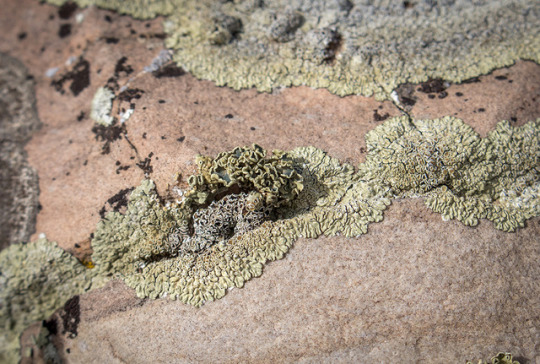
Fridays are the only day of the week that I can devote entirely to my research, and it’s a wonderful day of submerging myself in lichens - reading and writing about lichens, making phylogenetic trees, looking at specimens. Fridays are a good day.
67 notes
·
View notes
Photo
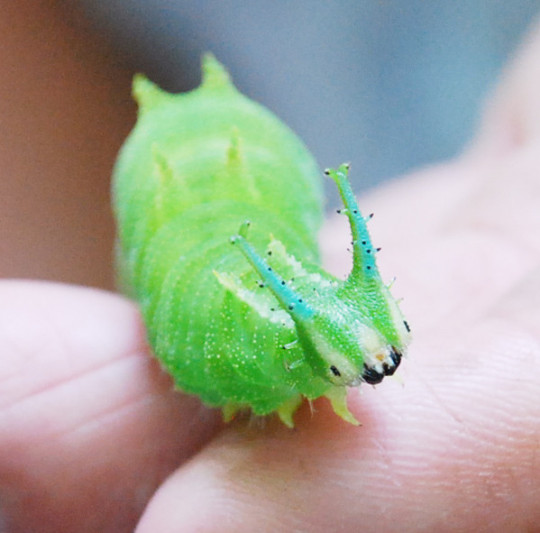


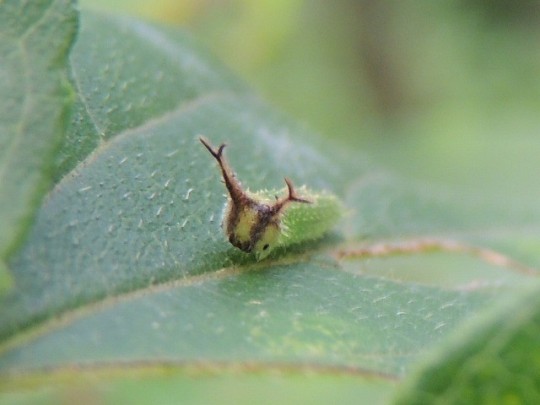

The Japanese emperor or great purple emperor (Sasakia charonda), is a species of butterfly in the family Nymphalidae. It is native to Japan, the Korean Peninsula, China, northern Taiwan and northern Vietnam. The caterpillar of the species (above) feed on hackberries. (x x x)
51K notes
·
View notes
Photo
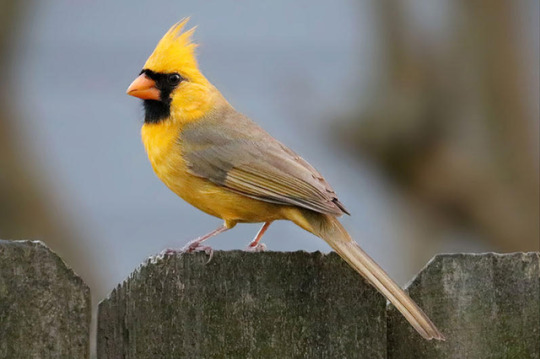
This yellow Northern cardinal, spotted in Alabama, is likely the result of a genetic mutation that renders the pigments it draws from foods yellow rather than red. The condition, xanthochroism, has been seen in other cardinals, along with eastern house finches and maybe evening grosbeaks. (Photo Source)
The yellow Northern cardinal is not to be confused with the yellow cardinal (Gubernatrix cristata), which is an entirely different species, seen below:
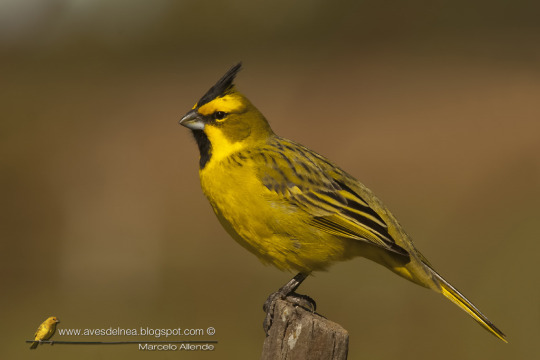
372 notes
·
View notes
Photo
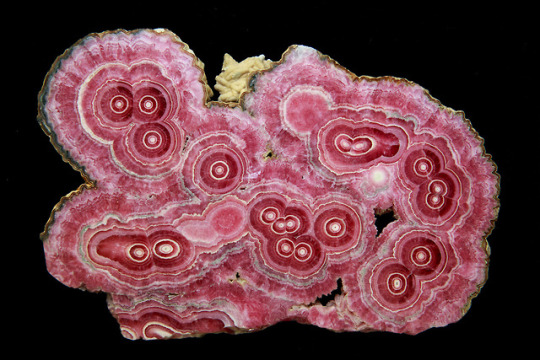
Rhodochrocite / no cat. number
Locality: Argentina Department: Invertebrate Zoology & Geology, image © California Academy of Sciences
467 notes
·
View notes
Photo

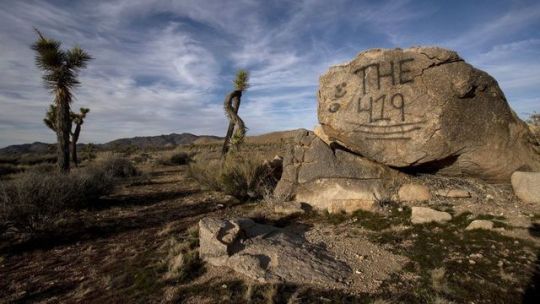
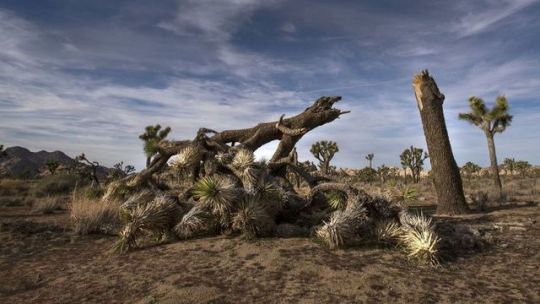
Damage to Joshua Tree
These photos were taken this week in Joshua Tree National Park, California. These were live Joshua Trees, but people visiting the park killed them. Due to a lapse in funding associated with the partial government shutdown, park staff has been at a minimum, but unlike the previous government shutdown where closed park gates were some of the most commonly shared images of the shutdown, the US Federal Government chose to keep the parks open with minimal staff.
Keep reading
2K notes
·
View notes
Text
Controversial Truths About Ancient Egypt Masterpost
The pyramids were built by contemporary workers who received wages and were fed and taken care of during construction
The Dendera “lightbulb” is a representation of the creation myth and has nothing to do with electricity
We didn’t find “““copper wiring””” in the great pyramid either
Hatshepsut wasn’t transgender
The gods didn’t actually have animal heads
Hieroglyphs aren’t mysteriously magical; they’re just a language (seriously we have shopping lists and work rosters and even ancient erotica)
The ancient Egyptian ethnicity wasn’t homogeneous
Noses (and ears, and arms) broke off statues and reliefs for a variety of reasons, none of which are “there is a widespread archaeological conspiracy to hide the Egyptian ethnicity”
166K notes
·
View notes
Photo


These are Malaysian Blue Carpenter Bees!!!!! Aren’t they gorgeous! Such a pretty color! I had no idea there were blue bees!
10K notes
·
View notes
Photo
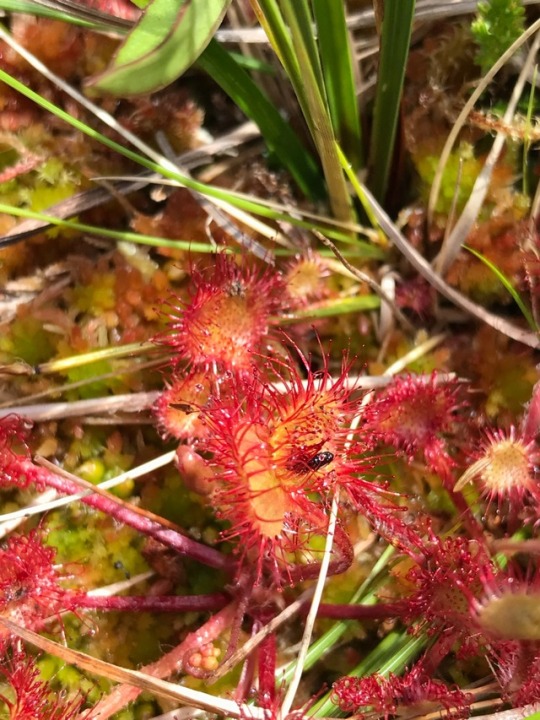
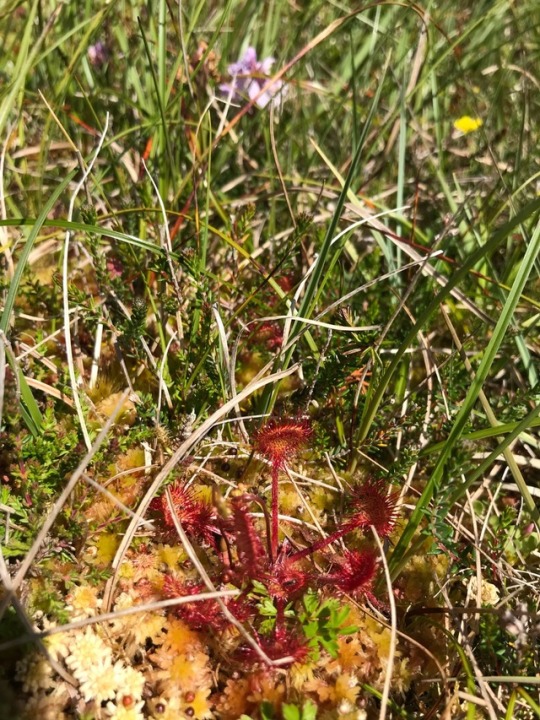
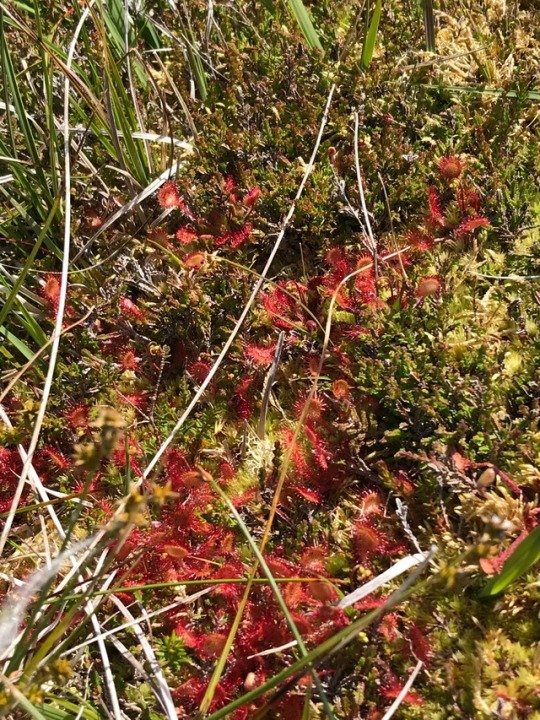
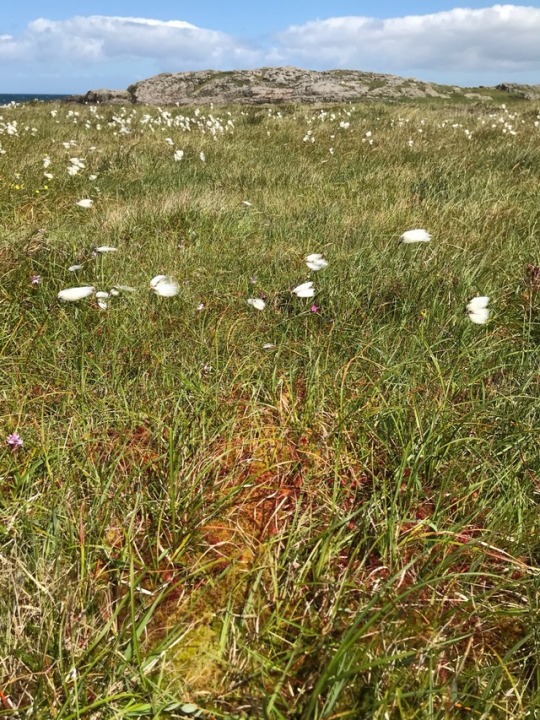
Plant of the Day
Thursday 5 July 2018
On the Isle of Tiree, Scotland, in the acidic, boggy environment of depressions or hollows among sphagnum moss was growing Drosera rotundifolia (sundew). These insectivorous plants have modified leaves covered with red hairs that secrete a sticky substance for catching their prey. Once an insect lands on the leaf, more mucilage is released and the leaf slowly closes around its latest nitrogen source.
Jill Raggett
140 notes
·
View notes